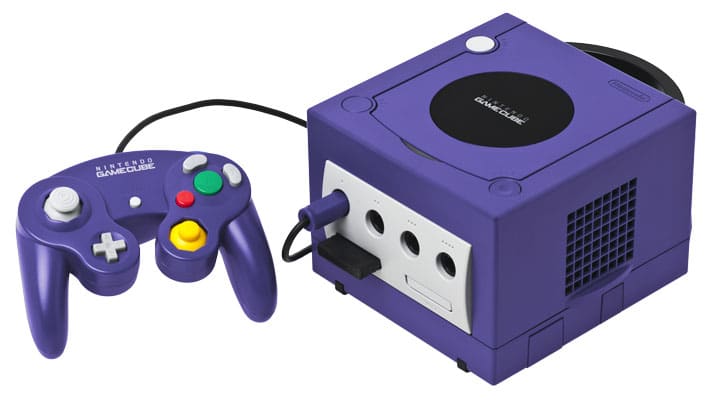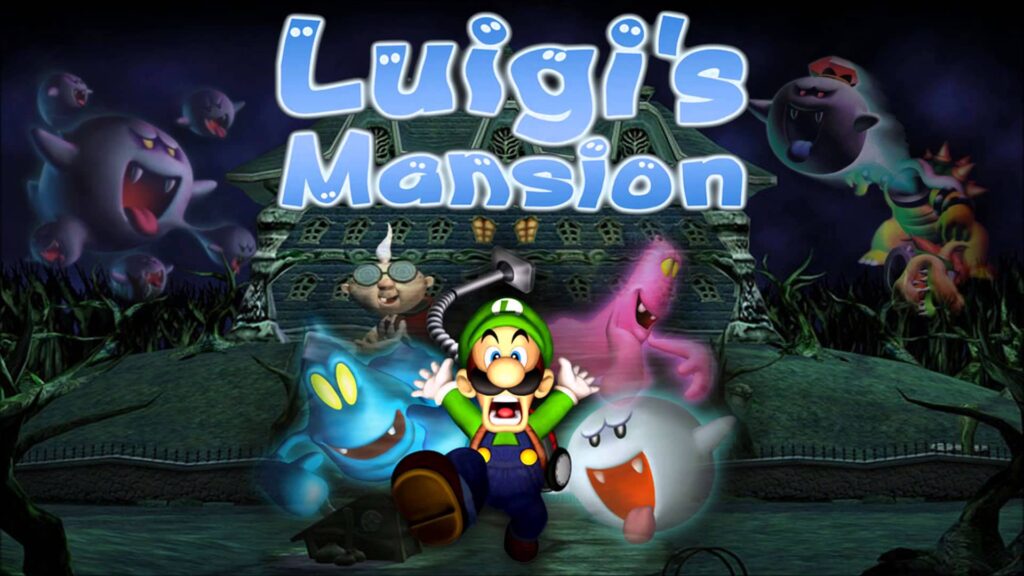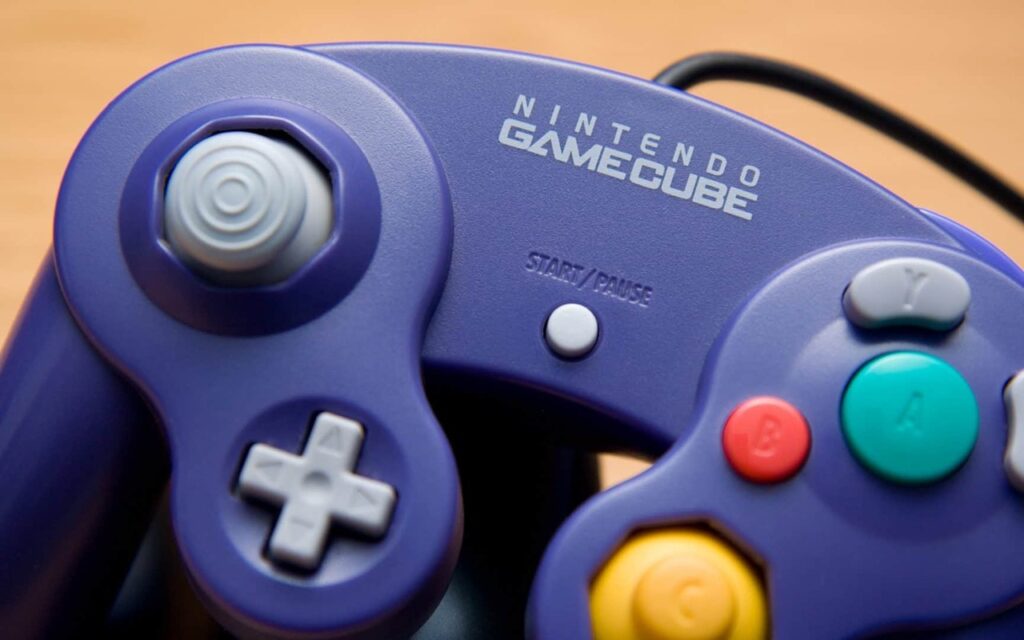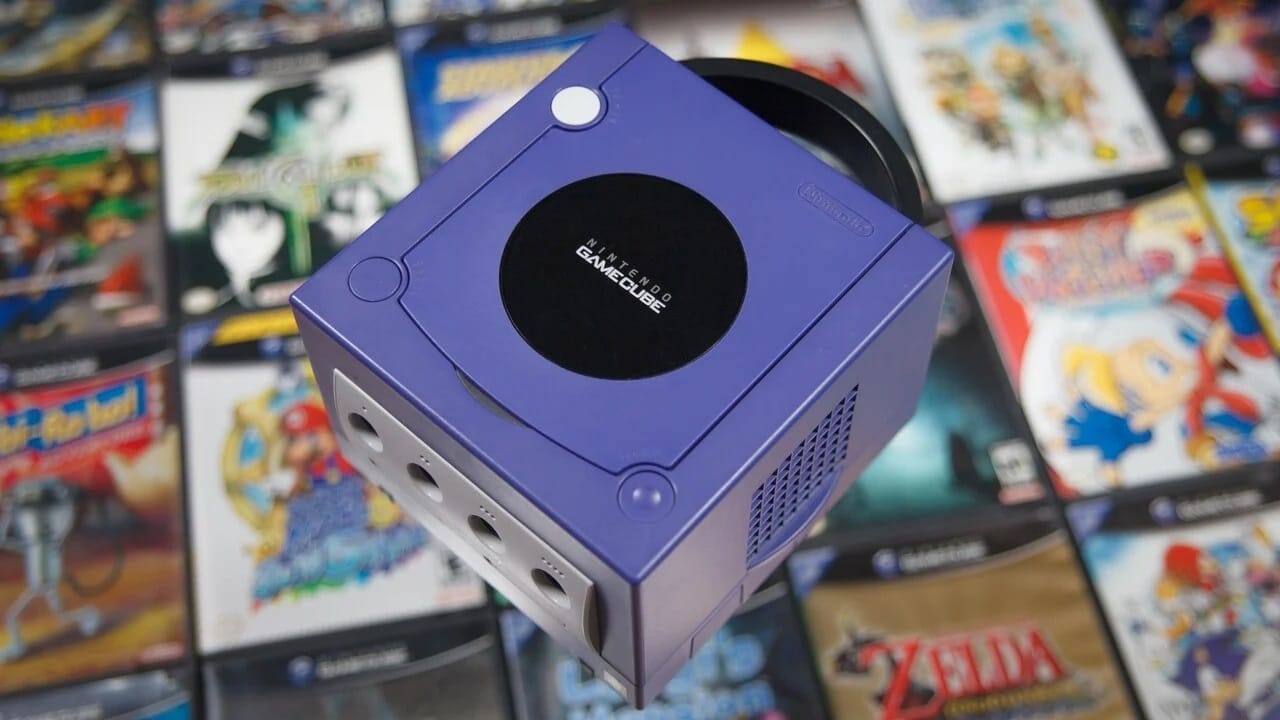20 years ago the GameCube was officially launched, one of the most unfortunate Nintendo consoles ever. GameCube in fact in 2021 brought with it several interesting titles, but at that time the videogame market had been completely colonized by Sony with its PlayStation. Nonetheless, the black box from the Kyoto house was a real gem. Let’s retrace the history of the GameCube together on the occasion of its twentieth anniversary.
The history of the GameCube
GameCube, when it came out, was a rather unfortunate console, also thanks to the historical period in which I arrived on the market, or in full era PlayStation 2, released in 2000, an insurmountable opponent in all respects for almost all competitors of the time. The release of a new Sony console caught Nintendo completely unprepared, given that the Kyoto house was preparing the GameCube precisely convinced to anticipate all the other production houses.
Sony, however, had done the same thing, but not only, to throw itself on the home console market that year there was also Microsoft, which presented its first Xbox, released in 2001 along with a little game that some of you may remember: Halo Combat Evolved. Nintendo therefore is not only faced with the extra power of Sony, but also the novelty factor deriving from the debut of the Xbox. Definitely not the best period for the arrival of the GameCube, which was launched with some delay compared to its competitors.

GameCube then arrived in Japan in 2001 and in the rest of the world the following year, and already from its appearance it presented itself as a very particular console; unique in a way. The console was in effect a cube, on the upper part there was the compartment to insert the games, in a new optical format (great news compared to the cartridges), while in the front there were the slots for the controllers.
The joypad instead took on a more classic shape, far from the eccentricity of the Nintendo 64 trident, with two asymmetrical analog sticks and four buttons on the right, in addition to the L and R backbones. shadow of a doubt the games.
From Luigi’s Mansion to Pikmin
GameCube, unfortunately, at launch could not count on the main face of Nintendo: in fact, in place of Mario, space is left for his brother Luigi, the protagonist of the much appreciated Luigi’s Mansion, who sees our mustachioed friend improvise ghost catcher in a haunted house. Obviously, however, it was not an exclusive strong enough to significantly increase sales, on the other hand it was a new IP, and therefore GameCube starts rather quietly.
Fortunately, the situation improved significantly in the following months, with the arrival of many level titles on the console. We are talking about video games that from then on would become Nintendo’s workhorse, like Super Smash Bros. Melee, which quickly became one of the biggest hits on GameCube.

Not only that: P also arrived on the cubeikmin, Metroid Prime, The Legend of Zelda: The Wind Waker e Super Mario Sunshine. All incredible exclusives that have been able to make the history of the videogame medium for different reasons. Over the course of the console’s life cycle, these initial titles were accompanied by other absolutely noteworthy products.
Let’s talk about video games of the caliber of Mario Party, Pokémon Colosseum, Mario Kart: Double Dash!, Animal Crossing, Fire Emblem: Path of Radiance. And even the second and third party titles were no less in terms of quality, such as Beyond Good & Evil e Rayman 3: Hoodlum Havoc.
Despite this GameCube never managed to really take off and remained a failure at times inexplicable.
The GameCube story: an inexplicable flop
As sales struggled to rise despite all the high-profile games developed for the console, Nintendo slowly began to put the GameCube aside starting in 2005; the same year it was announced Wii. It is clear that the unfortunate Nintendo cube was completely crushed by the explosive combination of PlayStation 2 and Xbox, both capable of seeing figures unthinkable for the Nintendo of the time.
The most ironic part of this whole story is that GameCube could in fact boast a much better hardware sector than that of the two competitors, yet it only sold 20 million units. Just to give you a unit of measurement, consider that PlayStation 2 placed 150,000 million.

It is not easy to understand what went wrong, also because the conditions for an amazing success were not lacking. But one thing is quite certain: thanks to this failure, Nintendo understood an important lesson that led the company to become what it is today. The big N was in fact put in front of the incontrovertible reality that the mainstream video game market now belonged to Microsoft and Sony and to continue to be part of the video game industry it was necessary to change approach.
And so I begin the transition from the Nintendo of yesteryear to today’s, which has been able to offer gaming experiences on its playful ecosystems that are difficult to find yet. Yes it can be said without fear of being wrong that the sad story of GameCube has paid off, given that today Nintendo Switch is among the best-selling consoles ever.













Leave a Reply
View Comments